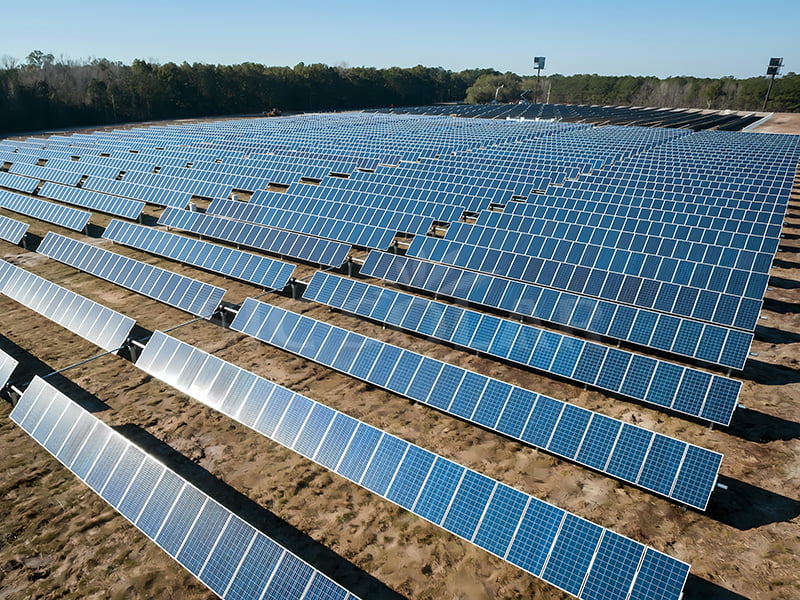In the quest for maximizing solar energy production, ground solar tracking systems have emerged as a sophisticated solution that significantly enhances the efficiency of solar power installations. By allowing solar panels to follow the sun’s path throughout the day, these systems optimize the capture of sunlight, boosting energy output.
Understanding Ground Solar Tracking Systems
Ground solar tracking systems are designed to adjust the position of solar panels dynamically, ensuring they are always oriented towards the sun. Unlike fixed solar panel installations, which are stationary, tracking systems move the panels to follow the sun’s trajectory from east to west, and in some cases, adjust the tilt angle throughout the year to account for seasonal changes. These systems can be classified into two main types: single-axis trackers and dual-axis trackers.
Key Features and Benefits
1. Increased Energy Production: Ground solar tracking systems can increase energy production by 15% to 30% compared to fixed systems. By continuously optimizing the angle of the panels, these systems ensure maximum sunlight exposure throughout the day.
2. Single-Axis vs. Dual-Axis:
– Single-Axis Trackers: These systems rotate solar panels along a single axis, usually horizontal, following the sun’s path from east to west. They are simpler and less expensive than dual-axis systems and provide significant efficiency gains.
– Dual-Axis Trackers: These systems allow solar panels to move along two axes, both horizontally and vertically. This provides the highest level of sun exposure by adjusting for both daily and seasonal variations in the sun’s position, further maximizing energy production.
3. Improved Performance in Low-Light Conditions: Tracking systems can capture more sunlight during the early morning and late afternoon hours when the sun is at a lower angle, thus extending the effective hours of energy production.
4. Cost-Effective Over Time: While the initial investment in tracking systems is higher than fixed systems, the increased energy output can lead to a faster return on investment. Over time, the additional energy generated can offset the higher upfront costs.
5. Adaptability and Scalability: Ground solar tracking systems are highly adaptable and can be used in a variety of locations and terrains. They are suitable for both small-scale and large-scale solar projects, offering scalability to meet different energy needs.
Applications
Ground solar tracking systems are ideal for a wide range of solar installations, including:
– Utility-scale solar farms
– Commercial and industrial solar projects
– Agricultural and rural solar applications
– Community solar initiatives
Partnering with SIC Solar
To fully leverage the benefits of ground solar tracking systems, partnering with a reputable and experienced supplier is crucial. SIC Solar, a leading provider of solar mounting solutions, offers advanced ground solar tracking systems designed to maximize efficiency and reliability. With SIC Solar’s expertise, solar project developers and installers can ensure the seamless integration and optimal performance of tracking systems.
Conclusion
Ground solar tracking systems represent a significant advancement in solar technology, offering substantial gains in energy production by optimizing the orientation of solar panels. With increased energy output, improved performance in low-light conditions, and cost-effectiveness over time, these systems are a valuable addition to any solar project. Partnering with SIC Solar further enhances the success and reliability of ground solar tracking installations, ensuring a sustainable and efficient transition to renewable energy.
